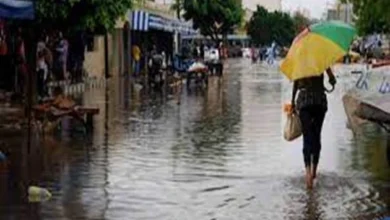Top ten most beautiful countries in Africa to visit
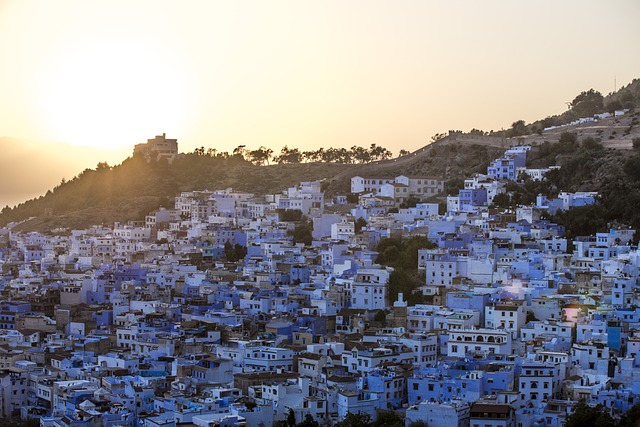
Africa, the cradle of humanity and a continent with a thousand faces, is home to a breathtaking diversity of landscapes, cultures, and natural wonders. This continent offers many spectacular landscapes, from majestic savannahs to scorching deserts, snow-capped mountains, and white sand beaches
Africa, the cradle of humanity and a continent with a thousand faces, is home to a breathtaking diversity of landscapes, cultures, and natural wonders.
This continent offers many spectacular landscapes, from majestic savannahs to scorching deserts, snow-capped mountains, and white sand beaches.
Beyond its natural beauties, it is also full of cultural and historical richness that fascinates all who set out to discover it.
If you are planning to explore Africa, here is the list of the most beautiful African countries you absolutely must visit.
10 most beautiful countries in Africa
1. Egypt: The Land of the Pharaohs

When you think of Egypt, the Pyramids of Giza immediately come to mind. However, there is more to Egypt than just its ancient monuments.
The country also offers pristine beaches on the Red Sea, a rich Islamic heritage to be discovered through its mosques, and the legendary Nile River.
Visiting Egypt requires careful planning. The best times to visit are from September to April, when the weather is milder. Make sure you have a visa and respect local customs, especially regarding dress.
2. Morocco: Mix of tradition and modernity

An undisputed holiday destination, immerse yourself in the traditions of Morocco, where bustling souks transport you into a labyrinth of colors, smells, and exotic treasures.
From the labyrinthine souks of Marrakech to the surfing beaches of Agadir, Morocco is a country of contrasts.
The Atlas Mountains offer opportunities for unforgettable hikes, while imperial cities like Fez and Meknes immerse you in history.
The best time to visit Morocco is between April and June or September to November. The local currency is the Dirham, and it is best to always carry some change with you. Respect local and religious traditions, especially during the month of Ramadan.
3. Kenya: The beauty of African wildlife
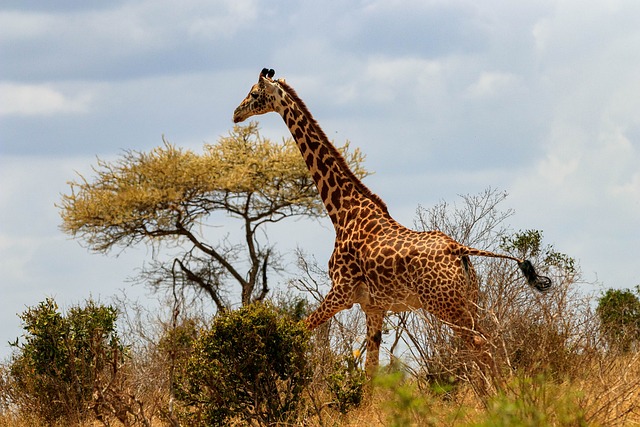
Kenya is a jewel of East Africa, known for its diverse landscapes, from the white sandy beaches of the coast to the vast savannahs populated by incredible wildlife.
The Maasai Mara National Reserve is one of the most famous safari destinations in the world. It is particularly known for its great annual migration, where millions of wildebeest, zebras, and gazelles cross the Mara River, providing an unparalleled spectacle.
Amboseli National Park, with Mount Kilimanjaro in the background, is elephants’ playground. For those seeking a coastal experience, Diani Beach and Malindi offer crystal clear waters, ideal for diving, sailing and relaxing in the sun.
The Rift Valley, with its salt lakes, is home to various birdlife, including thousands of pink flamingos. Finally, Nairobi, the capital, is a bustling metropolis where modernity and tradition coexist, offering a multitude of cultural activities, from museums to local markets.
Kenya’s climate is favorable for travel almost all year round. However, to observe the great migration, planning your trip between July and October is recommended. Although English is one of the official languages, learning a few words of Swahili, the national language, can enrich your experience.
When on safari, neutral-colored clothing is recommended to avoid attracting the animals’ attention. For health, it is essential to take precautions against malaria and ensure that all necessary vaccinations are up to date. When shopping, do not hesitate to haggle; it is common practice in many markets. And, above all, respect the rules of the reserves and national parks for your safety and that of the animals.
4. Tanzania: From beaches to peaks
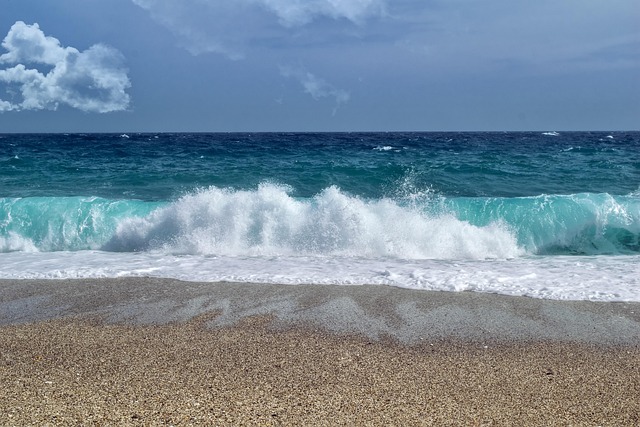
Tanzania is a country of breathtaking beauty, home to some of Africa’s most iconic landmarks. Among them, Mount Kilimanjaro, the continent’s highest mountain, attracts climbers from all over the world.
Then there’s the Serengeti, a wildlife lover’s paradise. This national park is best known for the annual Great Wildebeest Migration, an experience that will leave you speechless. Let’s not forget the Ngorongoro Crater, often described as the eighth wonder of the natural world, where you can spot an incredible density of wildlife.
For a more aquatic experience, Zanzibar, this paradise archipelago, offers white sand beaches and turquoise waters perfect for scuba diving and snorkeling.
Tanzania offers a wealth of experiences, so planning your trip carefully is crucial. If the Serengeti and Kilimanjaro are high on your list, the best time to visit is from June to October, during the dry season.
Climbing Kilimanjaro requires making sure you are well prepared, both physically and mentally; it is a feat that requires good fitness and proper equipment.
Foreign currency is not generally accepted outside of major hotels and tourist areas, so it is recommended to exchange money for Tanzanian shillings.
The official language is Swahili, and while many people speak English, learning a few basic phrases will make it easier to interact with the locals. Malaria preventative measures are highly recommended, as are routine vaccinations such as yellow fever.
5. Ghana: The Heart of West Africa

Ghana is often referred to as the gateway to West Africa due to its political stability and legendary hospitality. Accra, the capital, is a vibrant blend of modernity and tradition that captures the essence of the country.
Elmina Castle and Cape Coast Fort are must-see historical sites, bearing witness to the country’s sad past with the slave trade. Kakum National Park, famous for its canopy suspension bridge, offers an exhilarating adventure deep in the rainforest.
Lake Volta, one of the largest man-made lakes in the world, offers a multitude of water activities and is particularly popular for fishing. Kumasi, the center of the Ashanti people, is a place rich in history and culture, ideal for those wanting to learn more about Ghana’s traditions.
The best time to visit Ghana is during the dry season, from November to April. The official language is English, which makes communication easier for international travelers. However, learning a few phrases in Twi, the local language, will always be appreciated.
The local currency is the Ghanaian cedi, and it is recommended to always carry small denominations for daily transactions. Credit cards are accepted in most major hotels and restaurants, but cash is crucial when going outside urban areas.
Health-wise, malaria is present in the country, so precautions such as anti-malarial medication and the use of mosquito nets are recommended. Vaccinations against yellow fever, typhoid, and hepatitis A and B are also recommended.
6. South Africa: A mosaic of cultures
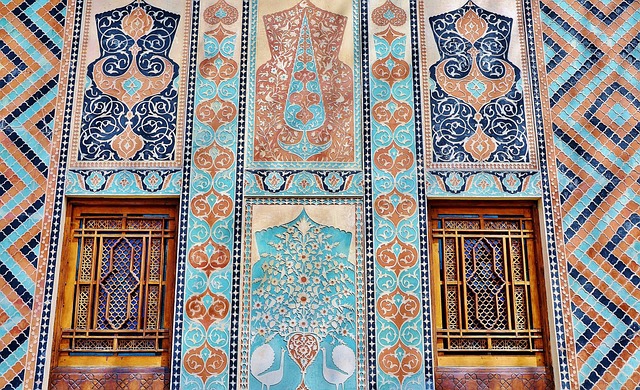
South Africa is a destination that seduces its diversity, offering a wide range of tourist experiences. Cape Town is an unmissable city between mountains and oceans, with the majestic Table Mountain as a backdrop.
Robben Island, where Nelson Mandela was imprisoned for 18 years, is an essential stop to understand the country’s history. The Kruger National Park is one of the largest game reserves in Africa and offers exceptional safaris. The Drakensberg is a breathtaking mountain range, ideal for hiking and adventure sports. Johannesburg, the country’s economic heart, is a fascinating mix of cultures and histories, with attractions such as the Apartheid Museum and Soweto.
South Africa has a varied climate, but the ideal time to visit is during the summer, from November to February. The country is large, and distances can be deceptive, so good planning is essential.
The rand is the local currency, and while credit cards are widely accepted, cash is useful in rural areas.
The country has an excellent road network, so renting a car is a convenient option for exploring. English is widely spoken, but South Africa has 11 official languages, reflecting its cultural diversity.
Some areas are affected by malaria, so preventative measures are recommended. Common vaccinations, such as those for typhoid, hepatitis A and B, and yellow fever, for those coming from endemic areas, are also recommended.
7. Madagascar: The island of biodiversity

Madagascar is often called the “eighth continent” due to its exceptional biodiversity. More than 90% of its fauna and flora are endemic, making it a prime destination for nature lovers. Andasibe-Mantadia National Park is famous for its lemurs and rare orchids.
The Tsingy de Bemaraha, these unique limestone formations, offer otherworldly landscapes. Antongil Bay is a must-see for marine wildlife enthusiasts, with the possibility of spotting humpback whales from July to September.
The best time to visit Madagascar varies depending on what you want to see. For wildlife, the dry season, from May to October, is ideal.
The local currency is the Ariary, and it is advisable to have enough cash for your stay as access to ATMs is limited outside the major towns.
The official language is Malagasy, and although French is widely understood, a few basic phrases in Malagasy will be appreciated.
Health-wise, malaria precautions and the usual vaccinations such as typhoid and hepatitis A and B are recommended. The road network is quite limited, so internal travel can be long and laborious; it may be more practical to take internal flights for longer distances.
8. Namibia: Extraordinary landscapes
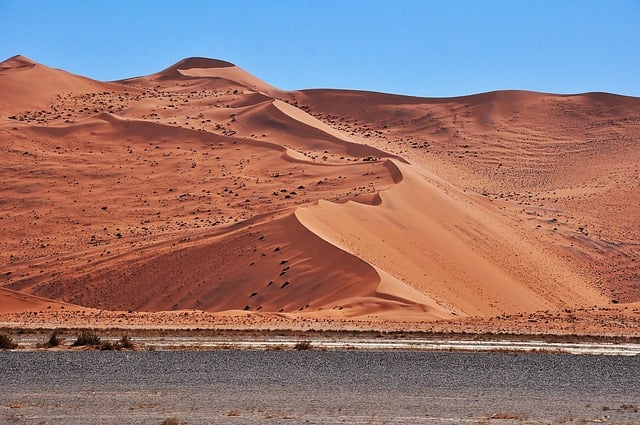
Namibia is often described as the land of endless spaces, and rightly so. With its vast desert expanses, steep canyons, and mysterious coastlines, this country is a land of extraordinary contrasts. Etosha National Park, one of Africa’s largest parks, is a must-see for anyone interested in wildlife. You’ll have the chance to see lions, elephants, giraffes, and many other animals in a natural and unspoiled environment.
The Namib Desert, one of the oldest and largest deserts in the world, is another tourist hotspot, boasting some of the highest dunes on the planet. The Skeleton Coast is also curious, known for its shipwrecks and fur seal colonies.
The Fish River Canyon, the second largest canyon in the world, offers trekking opportunities that defy all comparison.
Namibia is a vast country; the best way to explore it is often by renting a vehicle. Roads are generally in good condition, but distances between attractions can be long, so plan your itinerary carefully and be sure to check road conditions if you plan to go off-road.
The best time to visit Namibia is during the dry season, which runs from May to October. This period offers cooler weather and optimal conditions for wildlife viewing.
Health-wise, malaria precautions are recommended in some areas, so be sure to consult a healthcare professional for appropriate vaccinations and medications.
The local currency is the Namibian dollar, but the South African rand is also widely accepted.
Finally, since the country is rich in diverse cultures, including Herero, Himba, Damara, and Nama, a little research into local customs can enrich your experience and allow you to interact more meaningfully with local communities.
9. Senegal: The Soul of West Africa
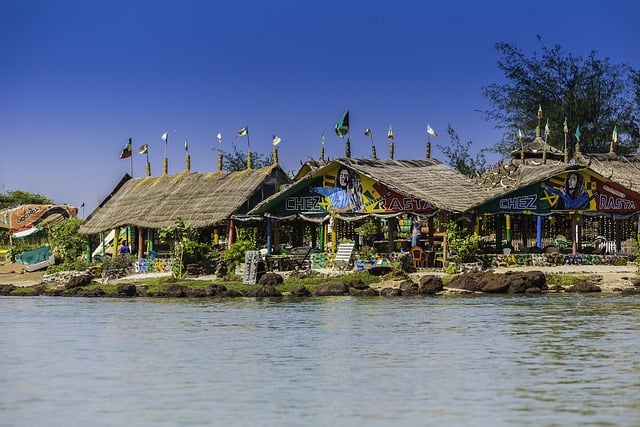
Senegal, often considered a gateway to West Africa, has a wealth of culture and nature that should be explored in depth. The capital, Dakar, is a bustling city, offering a wonderful mosaic of modern art, music, and bustling markets like the Kermel Market and the Sandaga Market.
The Delta du Saloum National Park is another treasure for nature lovers, a unique mix of wetlands, forests, and lagoons, home to astonishing biodiversity.
Senegal is a year-round destination, although the best time to visit is from November to May during the dry season.
This allows for better enjoyment of the outdoor activities and cultural festivals during these months. Also, ensure you have all the necessary vaccinations, especially against malaria and yellow fever.
The official language is French, so a basic knowledge can enrich your experience, although many Senegalese also speak Wolof.
Senegal offers a rich and varied gastronomy. The national dish, Thieboudienne, is a must. It is a succulent mix of fish, rice, and vegetables, often spicy.
Finally, Senegal is a predominantly Muslim society, so it would be respectful to follow local customs in terms of dress code and behavior, especially in rural areas and religious places.
10. Zimbabwe: Between history and nature

Zimbabwe is a hidden gem in Southern Africa, rich in history and stunning natural landscapes. Victoria Falls, shared with Zambia, is one of the world’s largest and most famous waterfall systems, offering an unparalleled experience of the power of nature.
Hwange National Park is another must-see, especially for an authentic safari experience. It is home to one of the largest elephant populations in Africa.
Lake Kariba is a fishing paradise and provides a beautiful setting for relaxation and reflection.
The best time to visit Zimbabwe is during the dry season, from May to October, when wildlife is easier to spot.
The official currency is the Zimbabwean dollar, but the US dollar is also widely accepted. Having some local currency for small transactions is always a good idea.
The official language is English, which makes communication easier for travelers. Public transportation is quite limited, so renting a vehicle or using specialized transfer services is often the best option.
In terms of health, Zimbabwe is a malaria zone, so preventative measures such as antimalarial and mosquito nets are recommended. Typhoid and hepatitis A vaccinations are also suggested.

